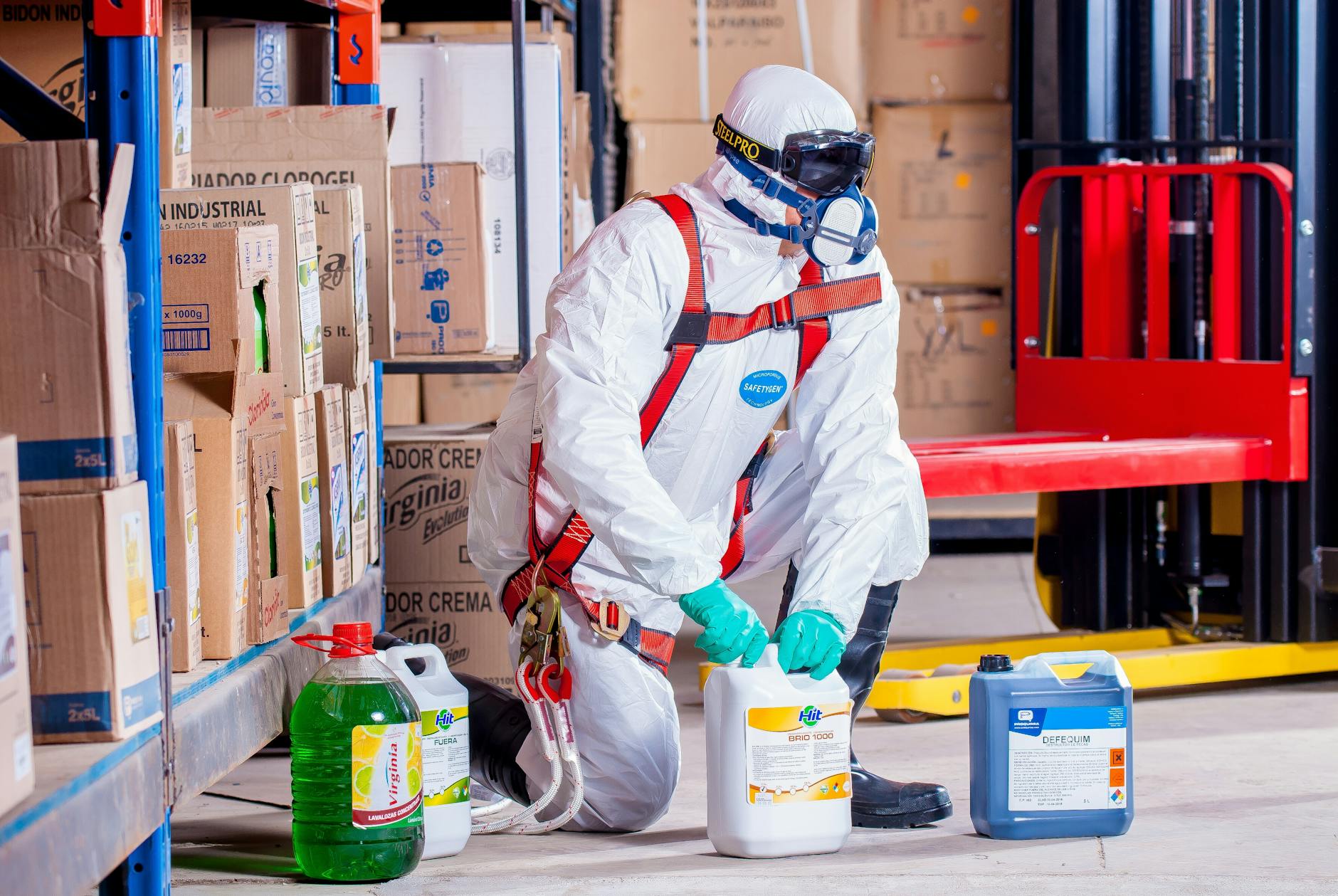How to Clean Refrigerator: The Best Guide
A clean refrigerator isn’t just visually pleasing; it’s essential for maintaining a healthy kitchen environment. With the average lifespan of a refrigerator spanning over ten years, regular cleaning can extend its life and enhance its efficiency. This ultimate guide will walk you through everything you need to know about how to clean your refrigerator effectively, ensuring safe food storage and minimizing odors. Whether you’re a busy parent, a culinary enthusiast, or someone who appreciates organization, these straightforward steps will help you tackle this often-neglected chore with ease!
Why You Should Clean Your Refrigerator Regularly
Before diving into the how-tos, let’s discuss why keeping your fridge tidy is so important:
- Food Safety: A dirty fridge can harbor bacteria and mold, leading to foodborne illnesses. According to the Centers for Disease Control and Prevention (CDC), about 48 million people get sick from foodborne illnesses each year. Regular cleaning can significantly reduce this risk.
- Improved Efficiency: Dirt and spills can cause your refrigerator to work harder to maintain temperature, leading to increased energy costs. A clean fridge can enhance performance and cut down electricity bills.
- Odor Control: Unpleasant smells often stem from expired food or spills. A thorough cleaning will eliminate these odors, keeping your kitchen smelling fresh.
How Do You Clean a Fridge? 7 Simple Steps
Now that you understand the importance, let’s get into the step-by-step process of cleaning your refrigerator:
Step 1: Gather Your Supplies
Before you start, gather all your cleaning supplies to streamline the process. You’ll need:
- Soft cloths or sponges
- Warm, soapy water or a mixture of vinegar and water
- Baking soda (for tough odors)
- A small brush (for hard-to-reach areas)
- Trash bags (for expired items)
Step 2: Empty the Fridge
Start by removing all items from your fridge. This includes food, drinks, condiments, and any other items you may have stored inside. Check expiration dates and toss out anything that’s past its prime. This decluttering step is essential in preparing your fridge for a deep clean.
Step 3: Remove Shelves and Drawers
Take out removable parts like shelves and drawers. This will allow you to clean both them and the interior of the fridge more effectively. Most shelves and drawers are dishwasher safe, but always check the manufacturer’s instructions.
Step 4: Clean the Interior
Using your warm soapy water or vinegar solution, wipe down the interior walls, surfaces, and door pockets of the fridge. Pay close attention to corners and edges, where grime may accumulate. For stubborn stains and spills, sprinkle a little baking soda on the affected area to help lift the residue before wiping it down.
Step 5: Clean Shelves and Drawers
While the interior is drying, clean the shelves and drawers. Soak any stubborn stains in warm, soapy water, and scrub with your cloth until they are sparkling clean. Rinse thoroughly and let them air dry.
Step 6: Wipe Down the Exterior
Don’t forget the outside! Use a damp cloth to wipe down the refrigerator’s exterior, including the handles. If your fridge is stainless steel, consider using a special cleaner to avoid streaks.
Step 7: Replace Items and Organize
Once everything is clean and dry, it’s time to return items to the fridge. To keep your refrigerator organized, group similar items together (e.g., drinks, condiments, snacks). Consider labeling containers for easy access. This small step helps maintain cleanliness and minimizes waste as you’ll be able to see what you have at all times.
How Often Should You Clean Your Fridge?
As a general guideline, aim to clean your refrigerator at least every three to four months. However, if you frequently spill food or open packages, feel free to do a quick clean more often. Regular checks when groceries are introduced can also prevent bacteria growth.
FAQs: Your Cleaning Concerns Addressed
- How do you clean a fridge without harmful chemicals? Stick to natural cleaning agents like vinegar and baking soda for a safe approach. These are effective at deodorizing and cleaning without harsh chemicals.
- Can I use bleach in my fridge? It’s not recommended for food storage areas. Instead, use diluted vinegar or a soap and water solution.
- What should I do if my fridge has bad odors? Aside from regular cleaning, place an open box of baking soda in your fridge to absorb odors. Additionally, try cutting a lemon in half and leaving it on a shelf; it will freshen the air.
Conclusion
Cleaning your refrigerator doesn’t have to be a daunting task. With these 7 simple steps, you can maintain a clean and organized space that promotes food safety and efficiency. Regular cleaning will not only enhance the lifespan of your appliance but also create a healthier kitchen environment for you and your family. So set your schedule, grab your supplies, and transform your fridge into a pristine food storage haven today! Remember, a clean fridge contributes to a clean mind and heart. Happy cleaning!
Don’t forget to share this guide with friends and family who may benefit from these cleaning tips!
















